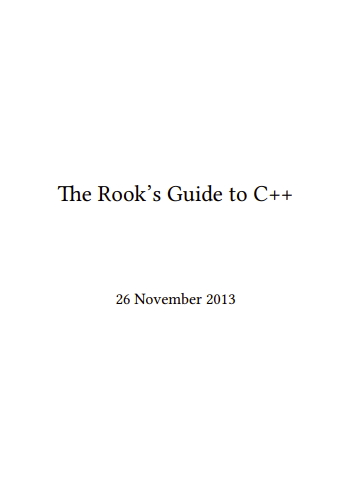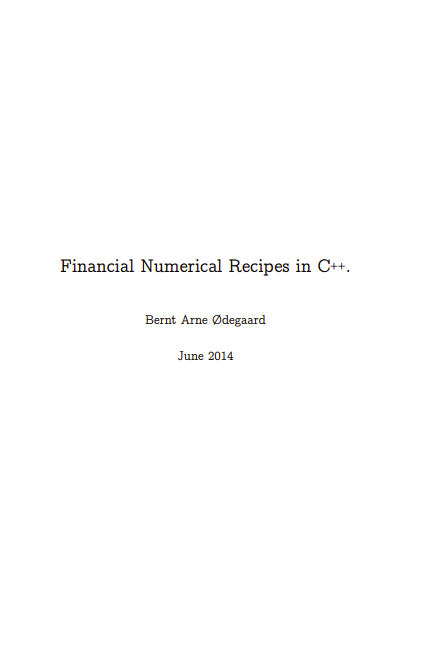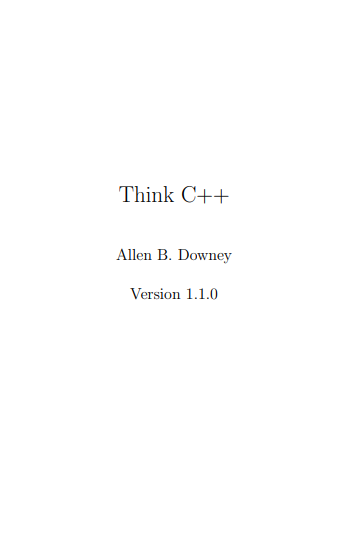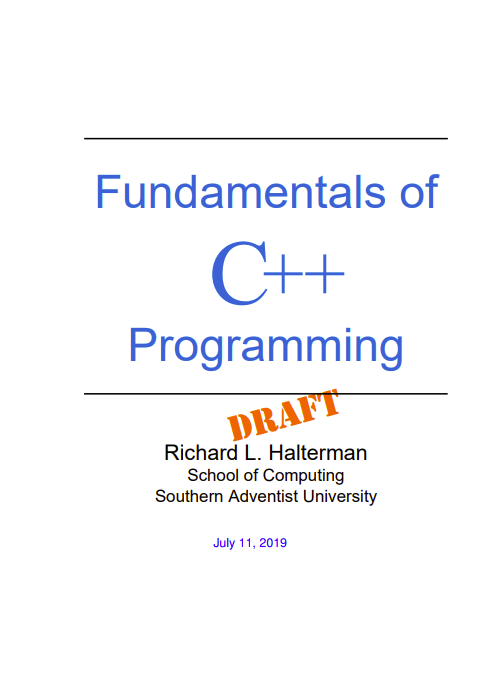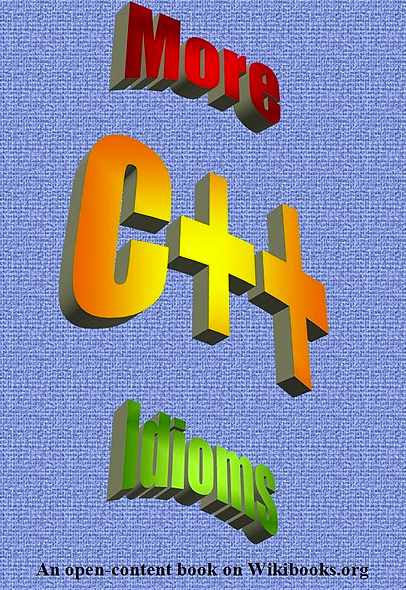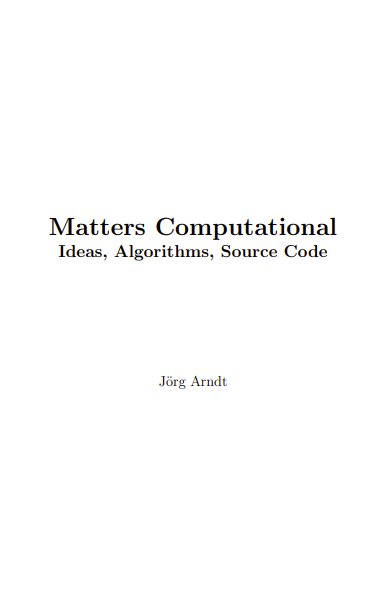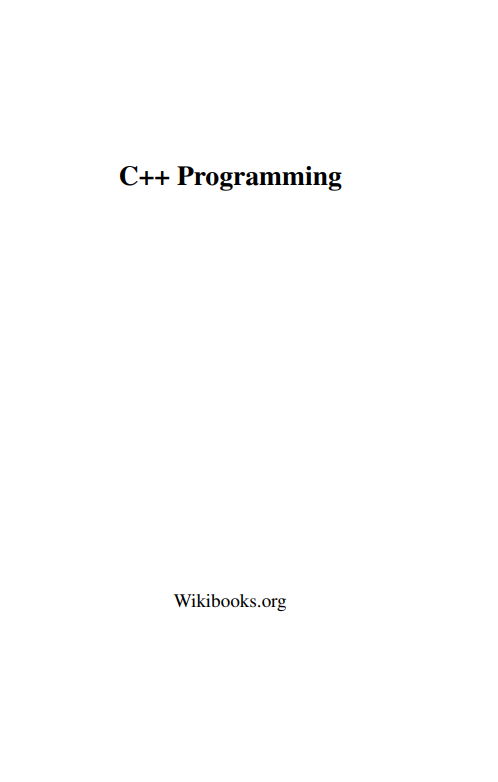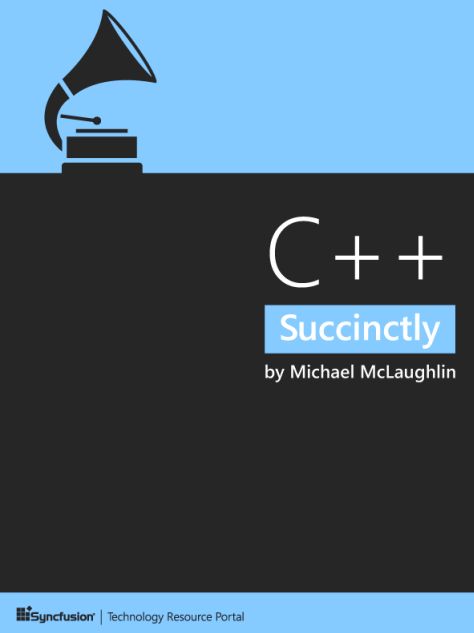Developed by Bjarne Stroustrup, C++ has become one of the most popular programming languages in the world. Originally, it was designed as an improvement upon the C language, which was developed by Bell Labs. Developed in the early 1970s, C’s name is derived from the B programming language, which in turn was derived from the BCPL language. C gained a large following, in part due to its use in the development of the UNIX operating system. Due to both its popularity and the number of versions on the market, an American National Standards Institute (ANSI) committee was formed in 1982 to create a standard for the C language, which was adopted in 1989.
Stroustrup began with the idea that object oriented programming would be an important addition to C, and created C with Classes. In 1983, Stroustrup’s contributions officially became known as C++, its name stemming from C and adding the ++ (increment) operator. It wasn’t until 1998 that the international standard for C++ was established.
Since then, most changes have been minor. In 2005, a report was released by the ISO on features that were intended to be included in the next version of C++. the early versions of this became known as C++0x, until 2011, when the C++11 standard was released by the ISO.
In this book, we’ll favor older techniques, pre-C++11. When C++11 features are discussed, they will be pointed out as such. While not all of the new features are discussed, we will be trying our best to explain them as we go.
